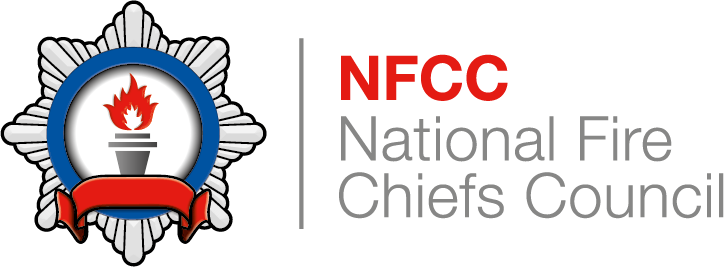Specialised Housing
Specialised Housing Guidance
The NFCC launched its Specialised Housing Guidance in May 2017. The guidance provides recommendations designed to protect an estimated three-quarters of a million residents living in specialised housing from fire, and is the first guide specifically for these type of premises.
The guide is intended to meet the needs of housing providers and enforcing authorities for guidance tailored to specialised housing, and is intended to assist Responsible Persons to comply with the FSO and Housing Act 2004. Accordingly, it is expected that enforcing authorities for that legislation will have regard to this guide. However, the recommendations in this guide go beyond the scope of legislation, in that they also provide guidance on protection of vulnerable residents from fire within their own private accommodation. It is also expected that housing providers will take account of this guidance when determining the requirements of legislation and good practice in specialised housing.
What is specialised housing?
Any housing that accommodates vulnerable people that is not a Registered Care Home or General Needs Block. Specifically, the guidance covers sheltered, extra-care and supported housing.
This guide may assist in identifying premises that have shortcomings in their fire precautions. If and where the identified deficiencies of fire safety measures involve major structural work and/or major capital expenditure, it may be appropriate to develop a programme for completion of the work over a period of time, particularly if it is considered that other fire safety measures are of higher priority. This should be considered within the Action Plan of the fire risk assessment and where appropriate in conjunction with your local fire and rescue service.
- NFCC Specialised Housing Guidance Summary Sheet
- Support and development resources for higher risk accommodation
Enforcing Officers should bear in mind that there may be other ways not mentioned in this guidance that may satisfy compliance with the fire safety legislation of these types of premises.
NFCC encourages fire and rescue services to work with specialised housing providers to ensure the safety of the vulnerable people within these premises. One of the key priorities identified was to ensure fire services engaged positively with those responsible for NHS and other health and care related premises to support and continue to improve fire safety and risk management where vulnerable people are at risk. The guidance will also address the need to reduce numbers of avoidable incidents that impact on the availability of Fire and Rescue Service resources. NFCC will be reviewing the document regularly in line with changes in the health and housing landscape and communicating this in a timely and consistent manner. Further guidance in relation to fire safety for certain types of existing housing may be found in LACORS.
Fire safety in the home for carers and housing providers
A Fire Safety in the Home e-learning resource was launched in October 2016. This course is a free resource and was developed by the Telecare Services Association (TSA) and supported by London Fire Brigade (LFB).
The e-learning course was developed using funding from the Community Safety Investment Fund. The course is available for anyone but is specifically aimed at Carers and Housing Providers and anyone else who comes into contact with vulnerable people to reduce fire risk.
It gives carers, care workers, housing providers and other home visitors key information about how to identify those most at risk, such as helping them to identify signs of fire risk such as cigarette burns in carpets or smoking while drinking. The platform then provides advice on simple preventative measures, including the fitting of smoke alarms where people smoke and the use of fire retardant bedding. Its content also highlights the importance of referring high risk people through appropriate channels such as adult social care.
Housing for older people
A range of information and resources on effective design principles and practice in mainstream and specialist housing for older and vulnerable adults can be found on the Housing Learning and Improvement Network (Housing LIN)
Their resource library contains useful guidance which compliments and should be read alongside NFCC Fire Safety in Specialised Housing guidance.
Housing our Ageing Population Panel for Innovation or HAPPI design principles are based on 10 key design criteria to inform best practice when designing living space for older people.
Further information can be found on NHS England, including guides for people with longer term conditions and in need of end of life care.
